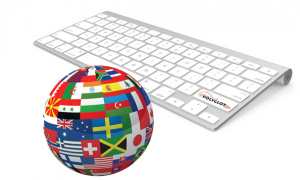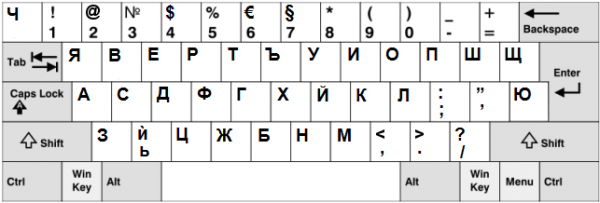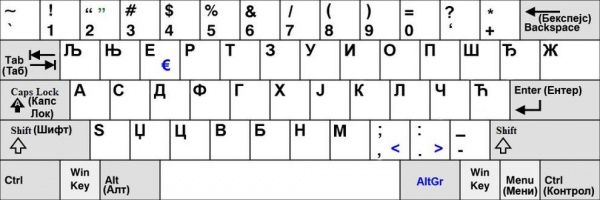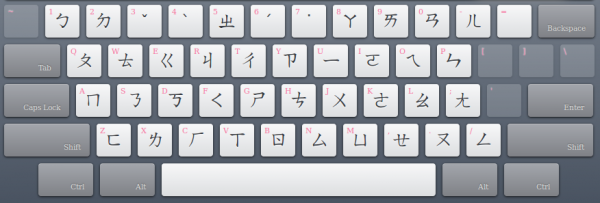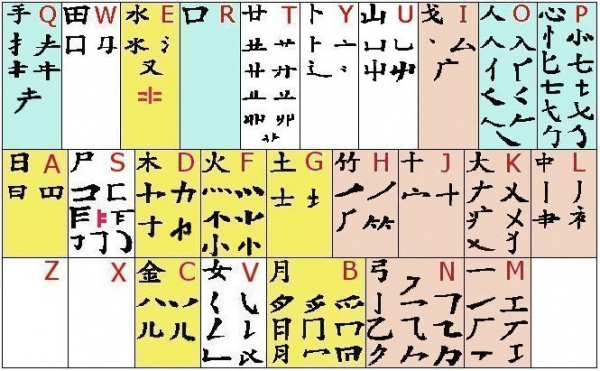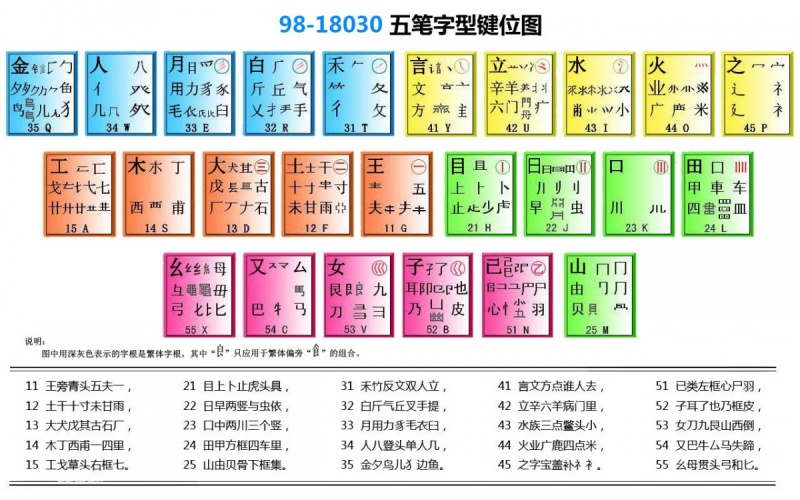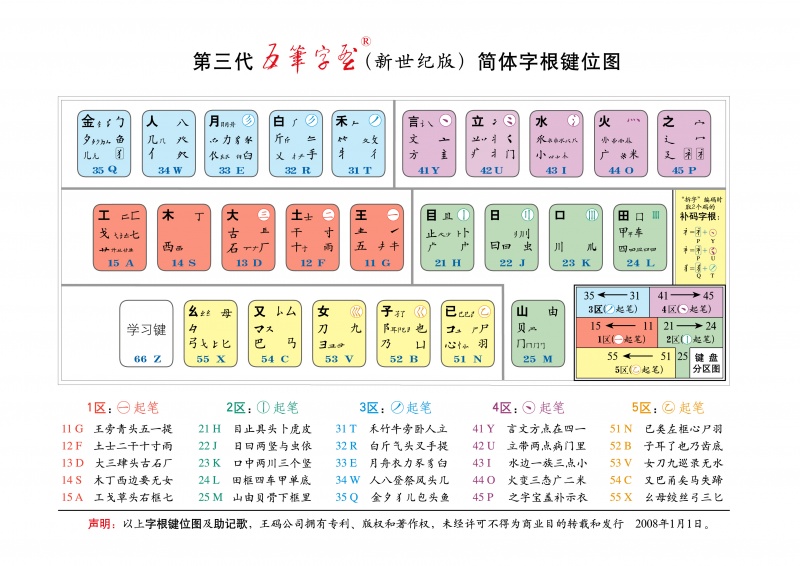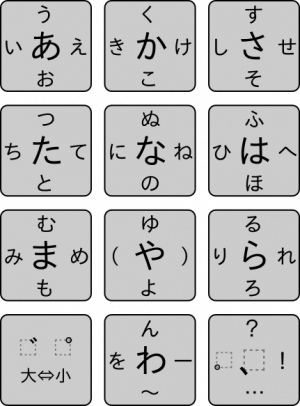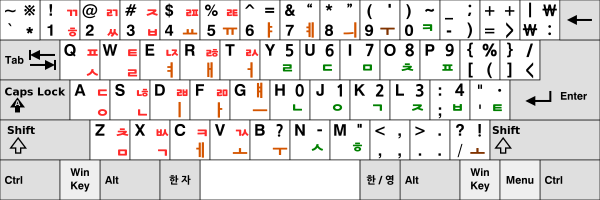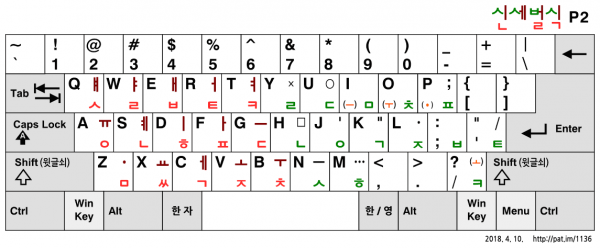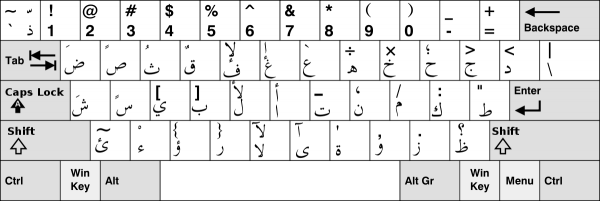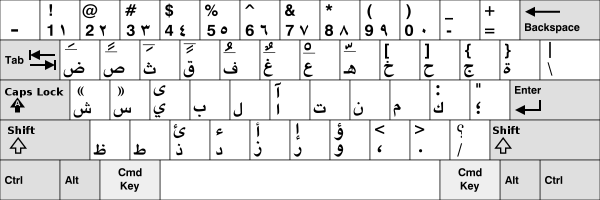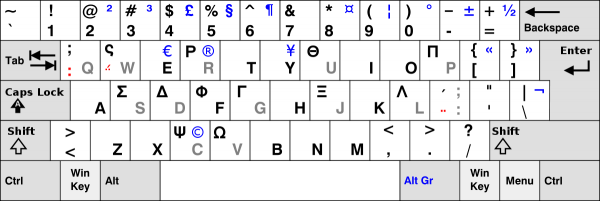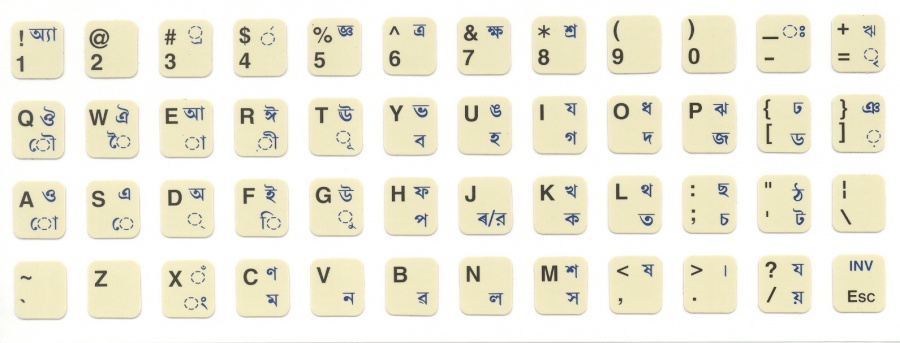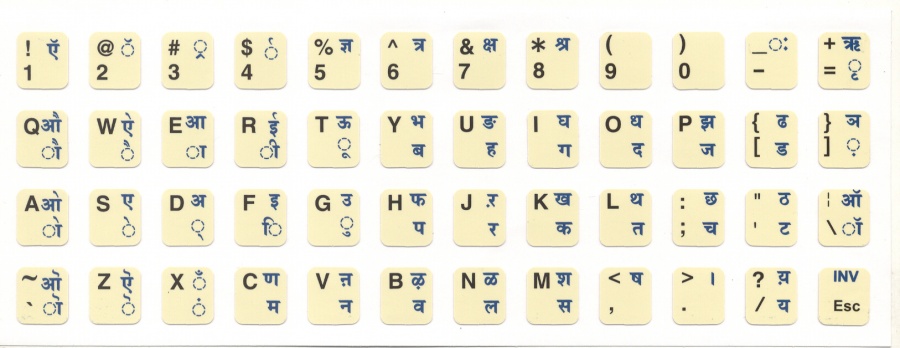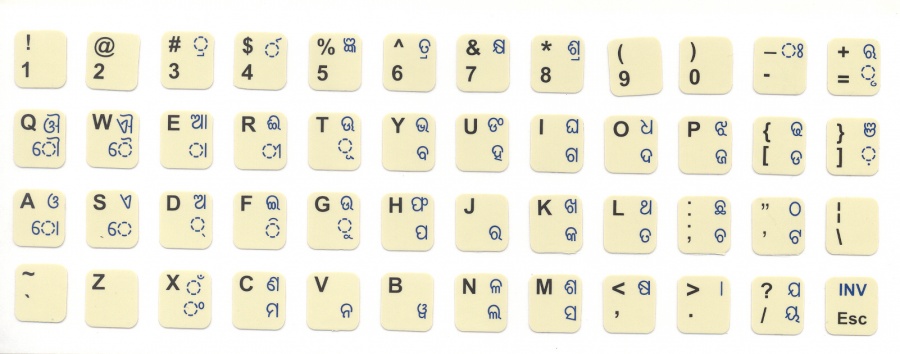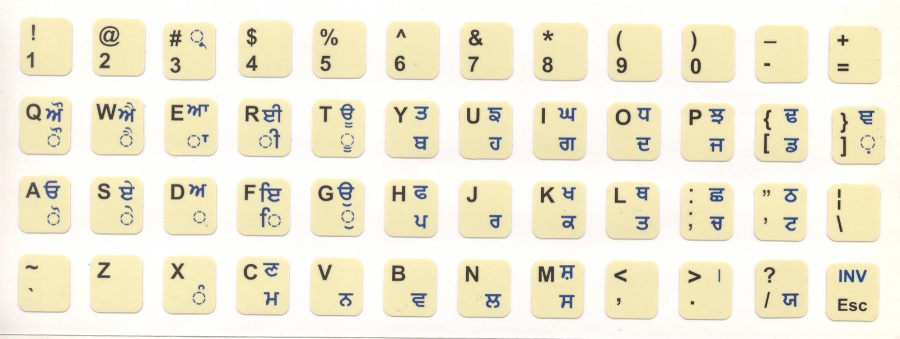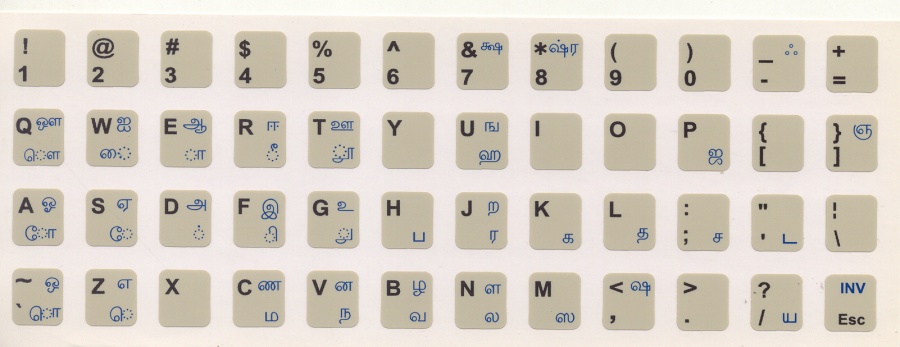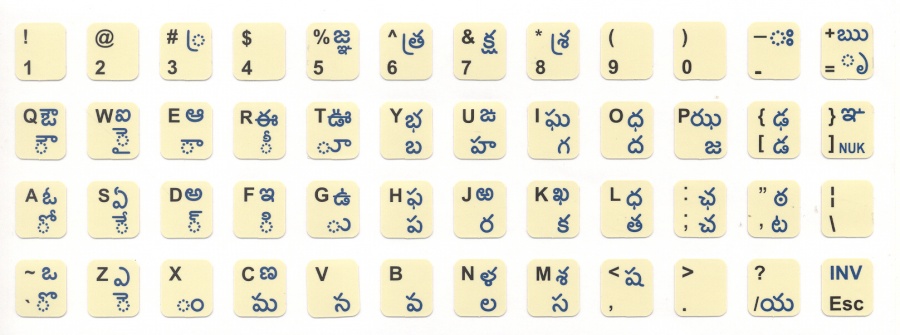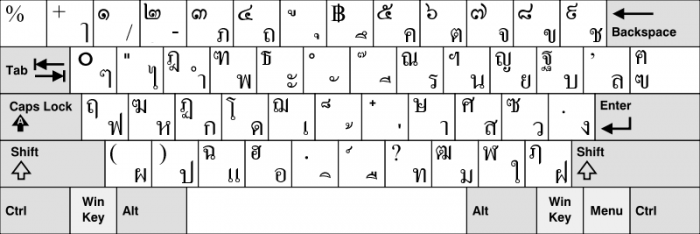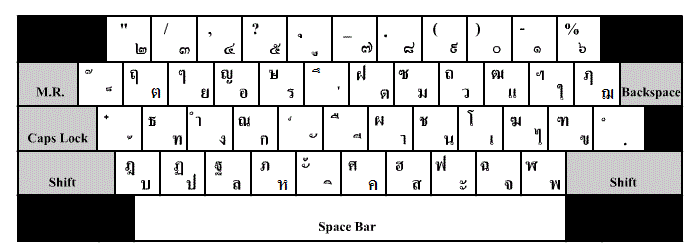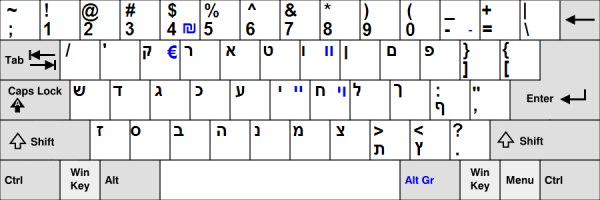Language/Multiple-languages/Culture/Keyboards
Hello Polyglots 😀
On this page, we list the most popular and ergonomic keyboards.
Recommendations:
- Multilingual keyboard for Android: Multiling O keyboard.
- Typing program: ttyper.
- Keyboard editor for Windows: Microsoft Keyboard Layout Creator.
- Keyboard editor for macOS: Karabiner-Element.
- Keyboard editing guidance for Linux: Creating custom keyboard layouts for X11 using XKB.
Latin
| language | type | variant | image with link |
|---|---|---|---|
| multiple languages | BÉPO | 
| |
| multiple languages | Colemak | United States | 
|
| multiple languages | Colemak | Colemak-DH EurKEY |
ISO:
|
| multiple languages | Eumak | 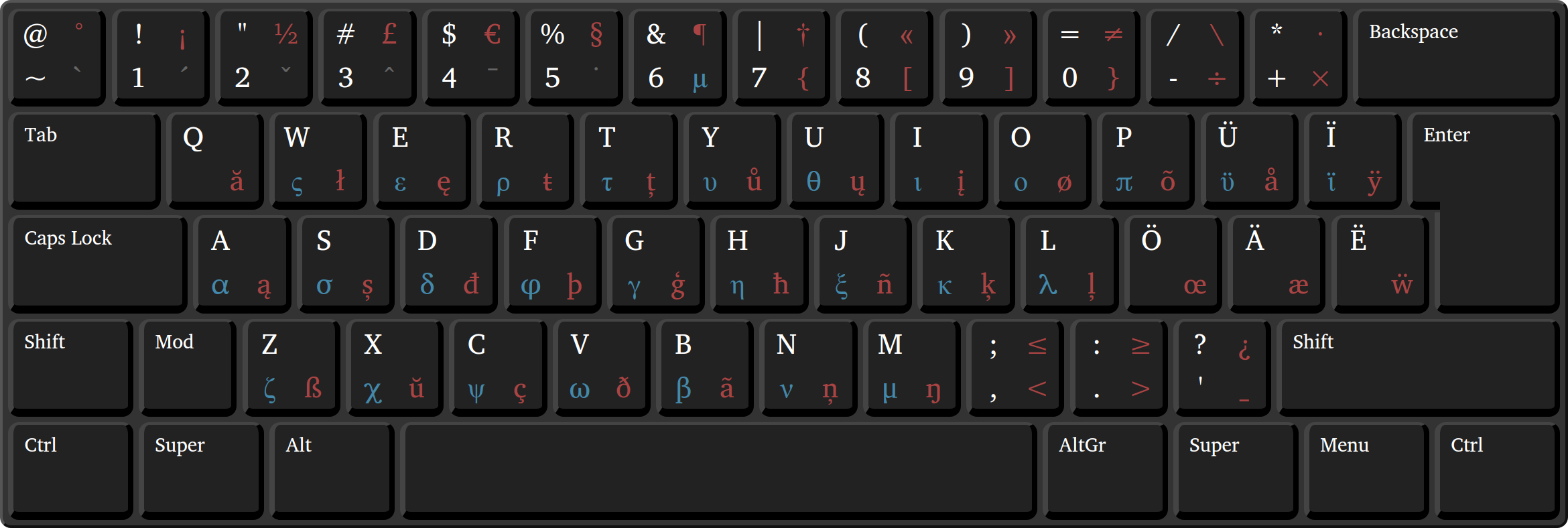
| |
| multiple languages | QWERTY | Canadian Multilingual Standard | 
|
| multiple languages | QWERTY | EurKEY | 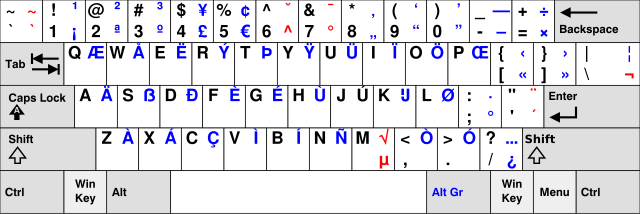
|
| multiple languages | QWERTY | suomalainen monikielinen | 
|
| multiple languages | QWERTY | United States International | 
|
| Berber languages | AZERTY | Tamaziɣt | 
|
| German, French, Italian, Romansch | QWERTZ | Schweiz | 
|
| Dutch, French | AZERTY | België | 
|
| Norwegian, Sámi | QWERTY | norsk med samisk | 
|
| Albanian | QWERTZ | Shqipëri | 
|
| Czech | QWERTZ | Česko | 
|
| Danish | QWERTY | Danmark | 
|
| Dutch | QWERTY | Nederland | 
|
| English | Workman | 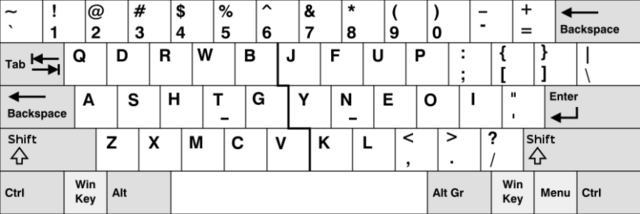
| |
| English | QWERTY | United Kingdom | 
|
| Estonian | QWERTY | Eesti | 
|
| Faroese | QWERTY | Føroyar | 
|
| Hungarian | QWERTZ | Magyarország |
ISO:
|
| Icelandic | QWERTY | Ísland | 
|
| Irish | QWERTY | Éire | 
|
| Italian | QWERTY | Italiana | 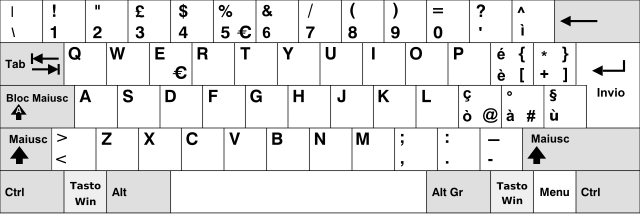
|
| Polish | QWERTY | Polska | 
|
| Polish | QWERTZ | Polska | 
|
| Portuguese | QWERTY | Brasil | 
|
| Portuguese | QWERTY | Portuguesa | 
|
| Romanian | QWERTY | România | 
|
| Slovak | QWERTY | Slovensko | 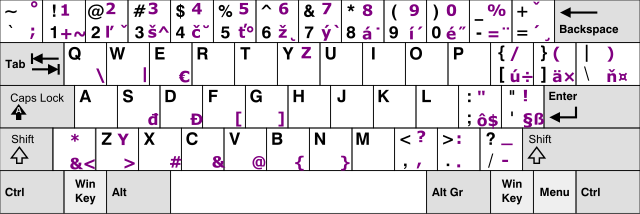
|
| Slovenian | QWERTZ | Slovenija | 
|
| Spanish | QWERTY | España | 
|
| Spanish | QWERTY | Latinoamérica | 
|
| Turkish | FGĞIOD | 
| |
| Turkish | QWERTY | Türkiye | 
|
| Vietnamese | QWERTY | Việt Nam | 
|
Cyrillic
JCUKEN
It's commonly called Windows layout, for Russian, and there is a variant of it for Ukranian.
Bulgarian
It's based on QWERTY.
Serbian
It's based on QWERTZ.
Han
Zhuyin (Bopomofo)
It's a set of phonetic notes created by the Beiyang Government in the 1910s. Later it came into computers.
Its main advantage is easy to learn.
It's the most popular in Taiwan.
Pinyin
It's a romanization created by many linguists in the 1950s and published by Government of China in 1958 and has been revised several times. Later it came into computers.
It follows the system's keyboard, usually QWERTY.
Its main advantage is easy to learn.
It's the most popular in China.
Cangjie
It's created by Chu Bong-Foo and named by Chiang Wei-Kuo in 1976, to input Traditional Chinese by making characters up with parts, later it became available for Simplified Chinese, Kanji, Hanja, Hán Nôm.
Mr. Chu waived his copyright for common good.
Its main advantage is efficient, being able to input uncommon characters and to input characters without knowing its pronunciation.
There are mainly two versions, 3 and 5, the latter is more reasonable.
The Cangjie coming with Windows 10 is version 3.
Layout of Cangjie:
Secondary characters (the red are added in Cangjie 5):
The inventor's website:
Software 倉頡平台 for Windows:
http://www.chinesecj.com/forum/forum.php?mod=viewthread&tid=193324
Cangjie 5 practice software 倉頡打字通:
Cangjie course, based on version 3
http://dylansung.tripod.com/methods/cangjie.htm:
Cangjie course in Chinese:
https://zh.wikibooks.org/wiki/%E5%80%89%E9%A0%A1%E8%BC%B8%E5%85%A5%E6%B3%95
Cangjie 3 code dictionary:
http://input.foruto.com/cjdict/Search_1.php
Cangjie 5 code dictionary:
http://www.chinesecj.com/cj5dict/
Cangjie on Linux is available through fcitx or IBus. The package names are fcitx-table-cangjie and ibus-table-cangjie.
Sucheng
A variant of Cangjie, only to input the initial and the final parts and then select from candidates.
Wubi
It's created by Wang Yongmin in 1986, to input Simplified Chinese by making characters up with parts.
Its main advantage is efficient and being able to input characters without knowing its pronunciation.
There are mainly three versions, 86, 98 and New-century. The former the more popular, but the latter the more reasonable.
The Wubi coming with Windows 10 is version 86, but unofficial thesauruses for other Wubi input software are available.
The layout of Wubi 86:
The layout of Wubi 98:
The layout of Wubi New-Century:
Software 极点五笔 for Windows:
Wubi practice software 五笔打字通 for 86 and 王码打字通 for 98:
Wubi course, based on version 86:
http://chinesemac.org/wubi/xing.html
Wubi course in Chinese, based on version 86:
http://soft.zol.com.cn/22/224137_all.html
Wubi code dictionary:
http://www.wangma.com.cn/query/wmhz1.asp
Official website:
Wubi on Linux is available through fcitx or IBus. The package names are fcitx-table-wubi and ibus-table-wubi.
Handwriting input
To input by handwriting recognition.
Its main advantage is enabling to input characters without knowing its pronunciation (many can show it), and to input uncommon characters.
Japanese
Romaji input
There are several types of Romanization in Japanese, in which the most widely-used is Hepburn, created by James Curtis Hepburn in 1867. Later it came into computers.
It follows the system's keyboard, usually QWERTY.
Its main advantage is easy to learn.
Kana input
Its main advantage is efficient.
It's the most popular in Japan.
Flick input
It's for mobile phones, input by flicking finger from a position to a direction.
Its main advantage is efficient.
It's the most popular in Japan.
Korean
Dubeolsik
Its main advantage is easy to learn.
It's the most popular in Korea.
Sebeolsik Final
Its main advantage is ergonomic. Its main disadvantage is using the number row and frequent need of pressing the Shift key.
Ahnmatae
Its main advantage is easy to learn with clear division of the first consonant, vowel and final consonant. Its main disadvantage is using non-home row frequently.
Official website (currently down):
New Sebeolsik
Its main advantage is clear division of the first consonant, vowel and final consonant. Its main disadvantage is burdening the left hand.
Its final version is unsettled yet.
Official blog category:
https://pat.im/category/%ED%95%9C%EA%B8%80%20%EC%9E%90%ED%8C%90/%EC%8B%A0%EC%84%B8%EB%B2%8C%EC%8B%9D
Latest version:
Romaja
There are several types of Romanization in Korean, in which the most widely-used is Revised Romanization, created by the National Academy of the Korean Language in 2000. Later it came into computers.
It follows the system's keyboard, usually QWERTY.
Its main advantage is easy to learn. Its main disadvantage is causing some inconvenience for some words like “Hangeul”.
Arabic
IBM PC Arabic Keyboard
Mac Arabic Keyboard
Greek
It's based on QWERTY.
Brahmic scripts
Inscript
It's a set of keyboards standardized by Government of India in 1986.
Bangla
Devanagari
Gujarati
Kannada
Malayalam
Oriya
Punjabi
Tamil
Telugu
Thai
Kedmanee
It's created for Thai.
Pattachote
It's created by Sarit Pattachote for Thai.


